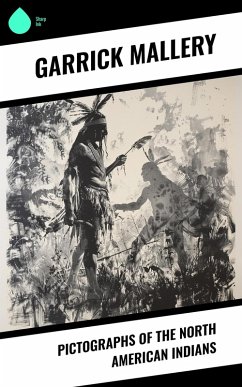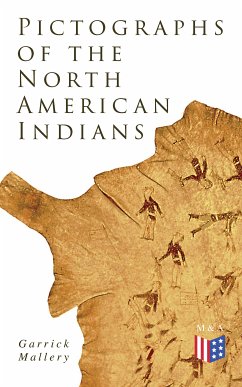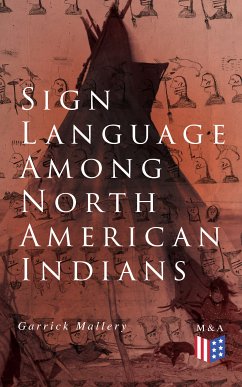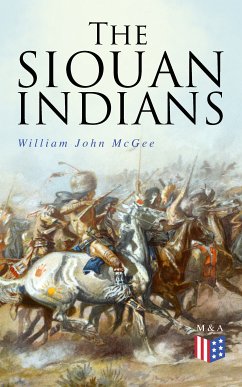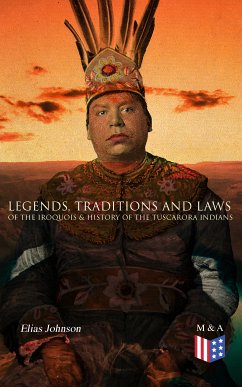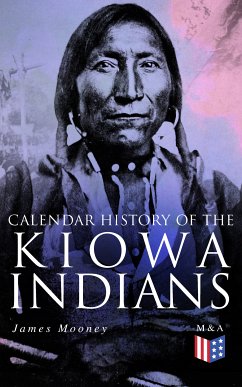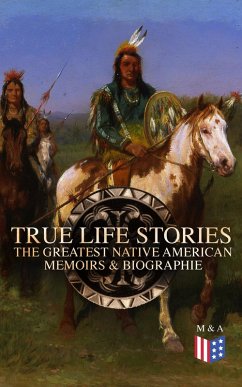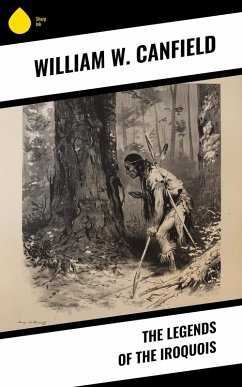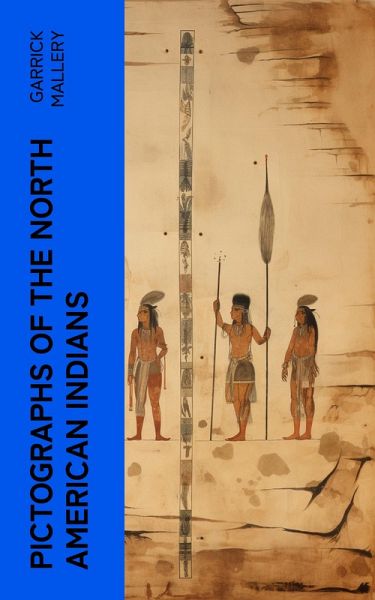
Pictographs of the North American Indians (eBook, ePUB)
Illustrated Edition
Versandkostenfrei!
Sofort per Download lieferbar
0,49 €
inkl. MwSt.
Weitere Ausgaben:

PAYBACK Punkte
0 °P sammeln!
A pictograph is a writing by picture. It conveys and records an idea or occurrence by graphic means without the use of words or letters. The execution of the pictures of which it is composed often exhibits the first crude efforts of graphic art, and their study in that relation is of value. When pictures are employed as writing the conception intended to be presented is generally analyzed, and only its most essential points are indicated, with the result that the characters when frequently repeated become conventional, and in their later forms cease to be recognizable as objective portraitures...
A pictograph is a writing by picture. It conveys and records an idea or occurrence by graphic means without the use of words or letters. The execution of the pictures of which it is composed often exhibits the first crude efforts of graphic art, and their study in that relation is of value. When pictures are employed as writing the conception intended to be presented is generally analyzed, and only its most essential points are indicated, with the result that the characters when frequently repeated become conventional, and in their later forms cease to be recognizable as objective portraitures. A general deduction made after several years of study of pictographs of all kinds found among the North American Indians is that they exhibit very little trace of mysticism or of esotericism in any form. They are objective representations and cannot be treated as ciphers or cryptographs in any attempt at their interpretation. A knowledge of the customs, costumes, including arrangement of hair, paint, and all tribal designations, and of their histories and traditions is essential to the understanding of their drawings, for which reason some of those particulars known to have influenced pictography are set forth in this book, and others are suggested which possibly had a similar influence.
Dieser Download kann aus rechtlichen Gründen nur mit Rechnungsadresse in A, B, BG, CY, CZ, D, DK, EW, E, FIN, F, GR, H, IRL, I, LT, L, LR, M, NL, PL, P, R, S, SLO, SK ausgeliefert werden.




